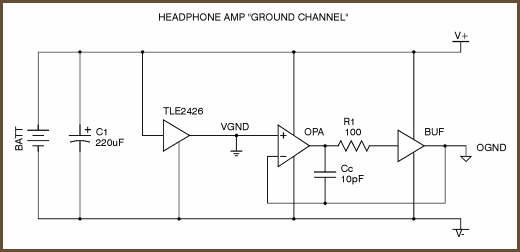Troy81
New Head-Fier
- Joined
- Jul 1, 2009
- Posts
- 27
- Likes
- 0
First off, hello everyone, ive recently gotten into building amplifiers. ive been looking at various schematics, most amplifiers i see have a buffer in the power supply and not in the output side. i found one amplifier that seems to have no buffer at all, that begs the question, what exactly does a buffer do? ive searched long and far and i cant seem to figure it out. does anyone know what exactly a buffer does? before i start bulding amps i want to get an understanding of how all the parts work first so i can avoid overlooking important things
Is a Buffer basically a Transistor? they seem to do about the same job. if this is the the case why does a buffer (BUF634T) have 5 legs and most transistors(MOSFET) have only 3 legs?
as far as a potentimeter goes, i wanted to make sure i have an understanding. does it pretty much act as a group of different resistors that you can switch to change the gain of the amplifier?
how do you know what size resistors to use to make virtual grounds? where else do you use resistors in an amplifier circuit and how do you know what size to use?
Is a Buffer basically a Transistor? they seem to do about the same job. if this is the the case why does a buffer (BUF634T) have 5 legs and most transistors(MOSFET) have only 3 legs?
as far as a potentimeter goes, i wanted to make sure i have an understanding. does it pretty much act as a group of different resistors that you can switch to change the gain of the amplifier?
how do you know what size resistors to use to make virtual grounds? where else do you use resistors in an amplifier circuit and how do you know what size to use?


